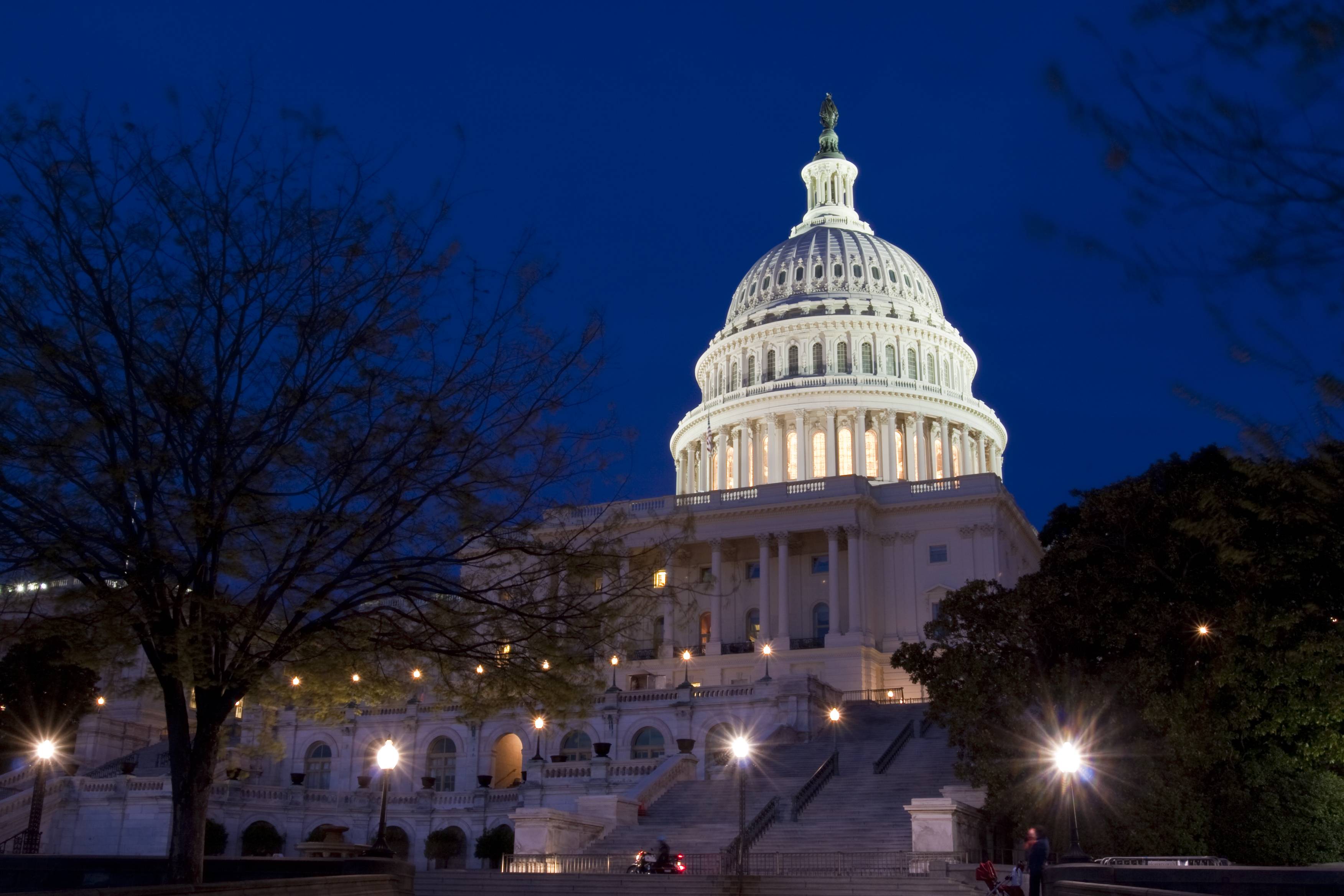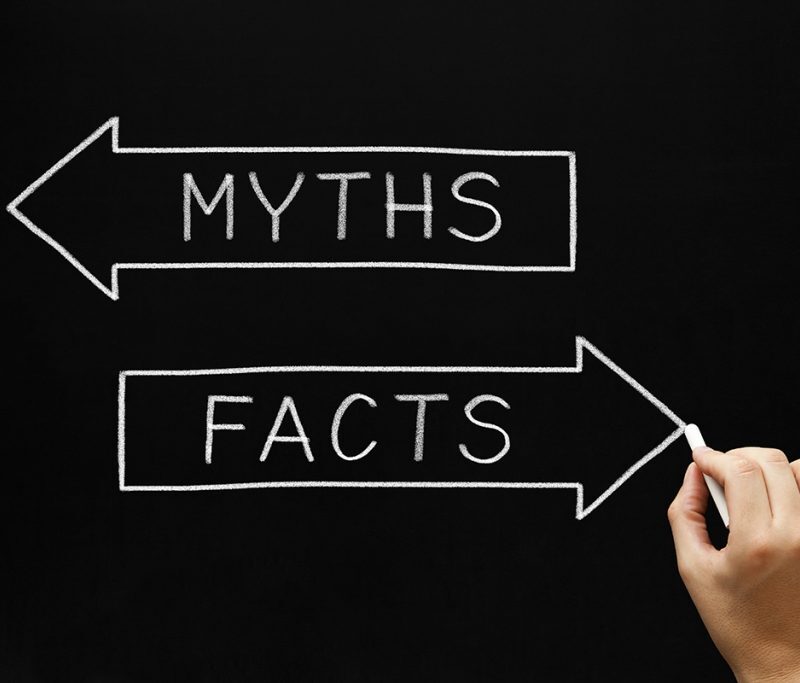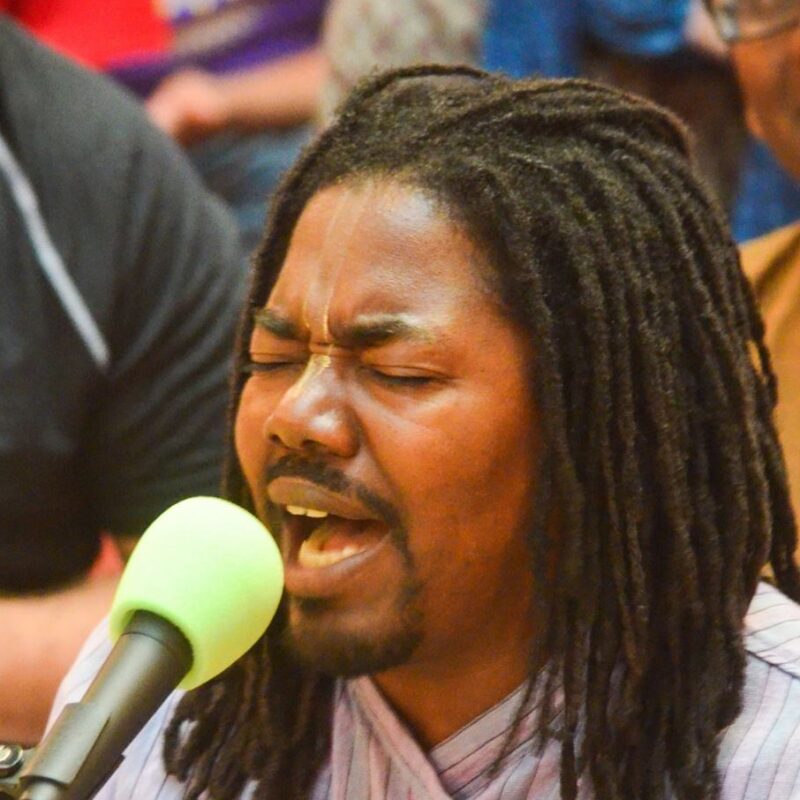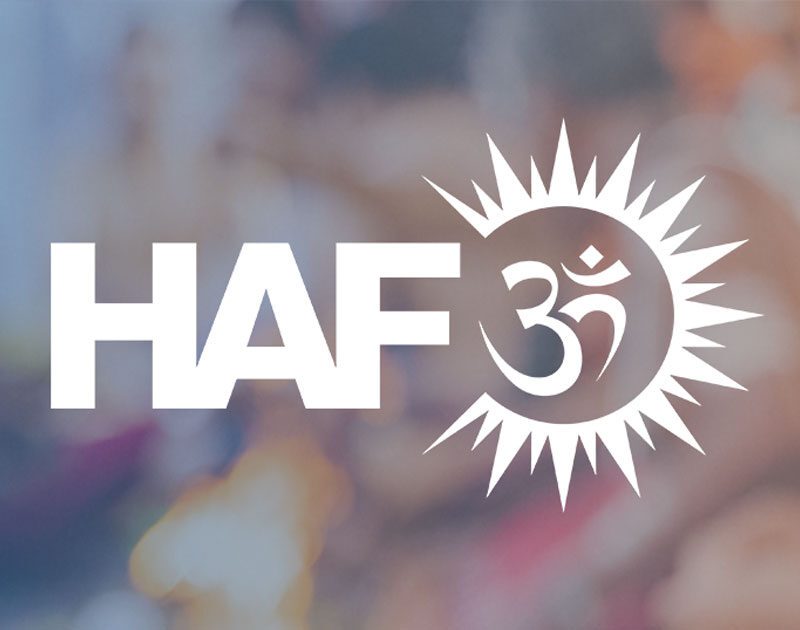

Today, as the members of the 115th Congress take their oaths of office, it will also mark an important milestone that could have implications for decades to come: the ascendance of Hindus as the third largest religious group in America’s legislative branch.
With four self-identifying Hindus in the US House of Representatives, Hindus now have more representation than self-identifying Buddhists and Muslims. Those numbers are more than symbolic, and also undercut previous assumptions that Hindu Americans wouldn’t be able to replicate Rep. Tulsi Gabbard’s (D-HI) success in different parts of the country.
In 2015, shortly after Gabbard’s re-election, The Atlantic published a piece on the challenges Hindu Americans face in getting elected, particularly since Hinduism is routinely seen as an other to a largely Christian electorate. Noted Asian-American scholar Karthick Ramakrishnan noted at the time that being Hindu would likely work against candidates competing in areas where there wasn’t a large Hindu population.
“Certainly for someone who is Hindu, it’s a barrier,” Ramakrishnan told The Atlantic. “We have a strong monotheistic set of traditions in the U.S. and for that person to have to explain themselves, especially if they are devout—it might not work.”
But the election of Raja Krishnamoorthi, Pramila Jayapal, and Ro Khanna, in addition to the re-election of Gabbard (and buzz about her chances as a 2020 presidential contender) has poked holes in that previous assumption. Krishnamoorthi and Khanna won areas with large Indian-American and Hindu populations, while Jayapal won a district that included the city of Seattle. Krishnamoorthi was boosted by his strong ties to the Hindu community in a district that has several large Hindu congregations, while Khanna ran as a “secular Hindu” in a district dominated by a diverse Indian-American electorate. Jayapal, meanwhile, nominally identifies as Hindu, but ran as part of the party’s progressive wing in a district that is known as one of the country’s most liberal.
The Hindu community, largely made up of Indian-Americans and smaller numbers of West Indians, Fijians, Nepalis, Bangladeshis, Sri Lankans, Malaysians, Pakistanis, and non-South Asians, is still largely Democratic. But the Democratic Party’s dominance over Hindus as a religious voting bloc could be challenged by the GOP in the coming years, especially as Republicans actively woo Hindu Americans to run in local races. Moreover, as more Hindus become politically active, both parties are likely to pay more attention to them as a powerful voting bloc.
In December, Rep. Keith Ellison (D-MN), a contender for the chairmanship of the Democratic National Committee, met with Hindu groups in an attempt to allay concerns that he was anti-Hindu and anti-India based on his congressional record. He told the groups that, “If elected DNC chair, I will ensure renewed outreach to the Hindu- and Indian-American communities to foster greater participation and more well-deserved and much-valued representation in the Democratic Party.”
Ironically, Donald Trump’s panned outreach to Hindus during the 2016 election (capped by his “I’m a big fan of Hindu” quote) was still substantially more than Hillary Clinton’s. Trump and his Republican allies made aggressive attempts to court Hindu voters, including visits to Hindu temples by Trump’s daughter-in-law Lara, and then son Eric.
Both parties are expected to spend more to recruit Hindu candidates to win over voters. In Ohio, state Rep. Niraj Antani is seen as an up-and-coming Republican star, while in California, Democrat Ash Kalra became the first Hindu to be elected to the state’s Assembly. Given that the Hindu population in the United States continues to increase, and more immigrant Hindus are becoming voters, attempts to recruit them as candidates and donors could shape the future of local, state, and national politics in the country for years to come.
Just two years ago, the thought of any Hindu American joining Gabbard in Congress seemed far-fetched. Now, as the country heads into a period of political volatility, it’s becoming increasingly fashionable to muse whether America’s first female president could also be its first Hindu.








































